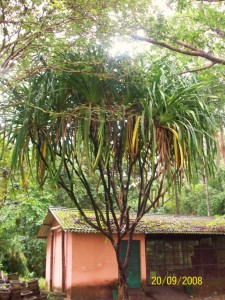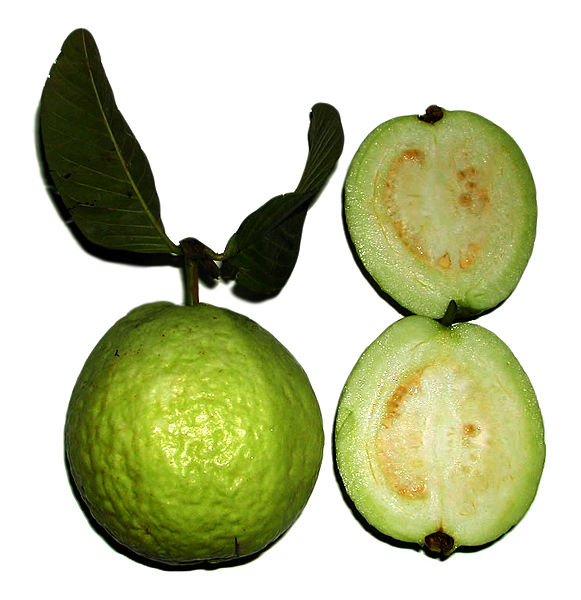Economic importance of Pandanus furcatus

Family: Pandanaceae
Genus: Pandanus
Species: P. furcatus
Common name: Ran-keura
Origin: India
Description: Plants vary in size from small shrubs , up to medium-sized trees. The leaves are strap-shaped. They are dioecious, with male and female flowers produced on different plants. The female tree produces flowers with round fruits that are also bract-surrounded. The fruits are globose, and have many prism-like sections, resembling the fruit of the pineapple.
Economic Importance:
- Used for handicrafts. Craftswomen collect the pandan leaves from plants in the wild. Only the young leaves are cut so the plant will naturally regenerate. The young leaves are sliced in fine strips and sorted for further processing. Later, the weavers will produce basic pandan mats of standard size or roll the leaves into pandan ropes for other designs. This is followed by the colouring process, in which the pandan mats are placed in drums with water-based colours. After drying, the coloured mats are shaped into the final product, for instance a place mat or a jewellery box.
- “Kewra” is extract distilled from the Pandanus flower, used to flavor drinks and desserts in Indian cuisine.
- Leaves are used in Southeast Asian cooking to add a distinct aroma to rice and curry dishes such as nasi lemak, kaya (‘jam’) preserves, and desserts such as pandan cake. Pandan leaf can be used as a complement to chocolate in many dishes, such as ice cream. Fresh leaves are typically torn into strips, tied in a knot to facilitate removal, placed in the cooking liquid, and then removed at the end of cooking. Dried leaves and bottled extract may be bought in some places.



